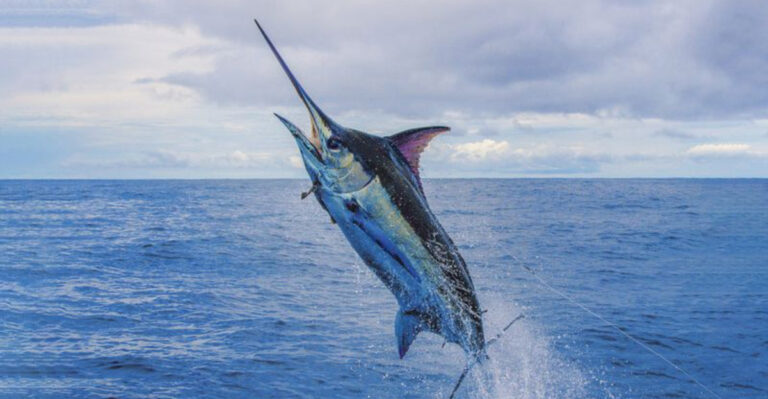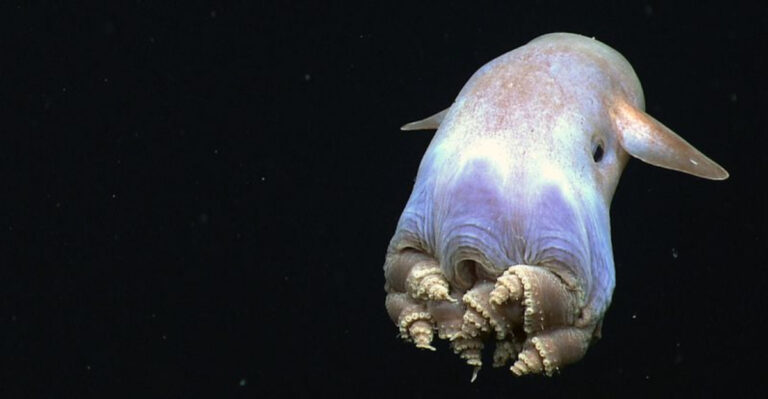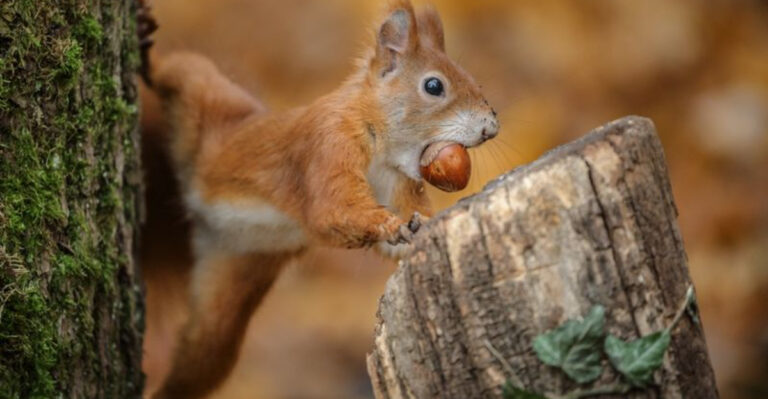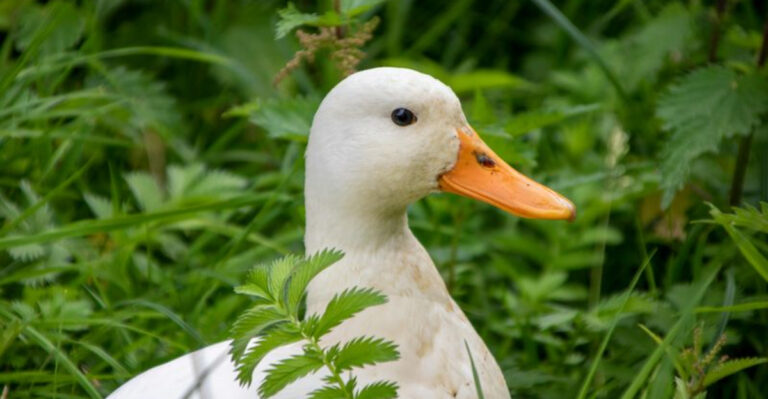15 Unique Ways How Bugs Raise Their Young
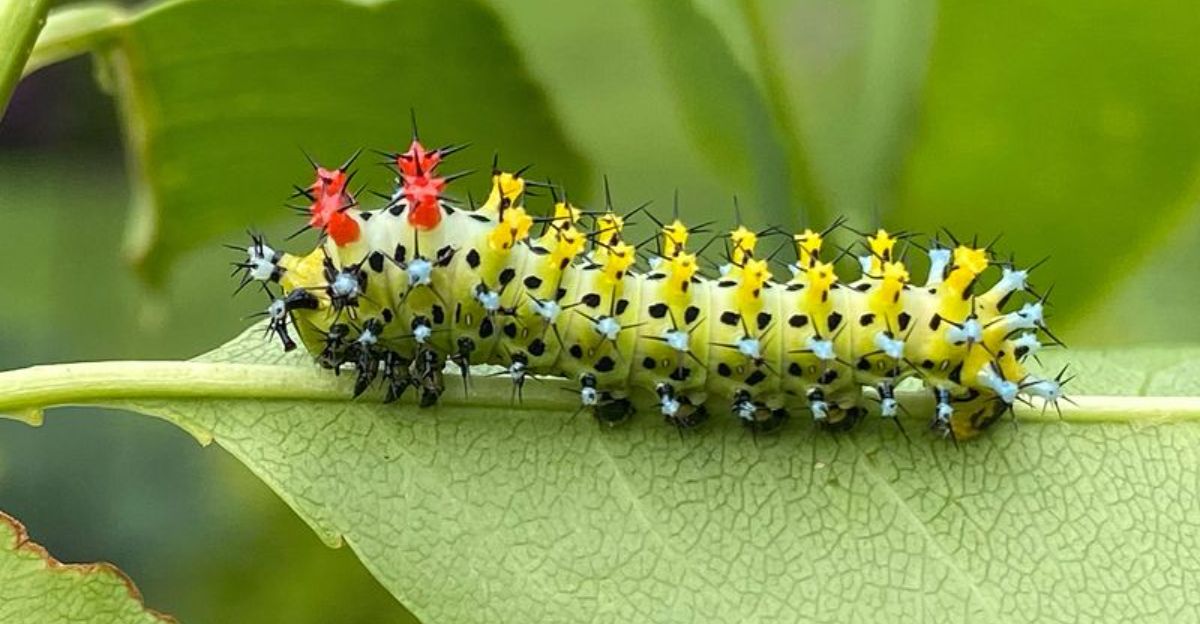
Bugs might be small, but their parenting tactics are anything but ordinary! Let’s dive into the wonderful world of insect parenting, where each species has its own quirky method of raising young.
From protective cocoons to communal childcare, bugs showcase an array of nurturing strategies that are as fascinating as they are diverse.
1. Earwig Moms
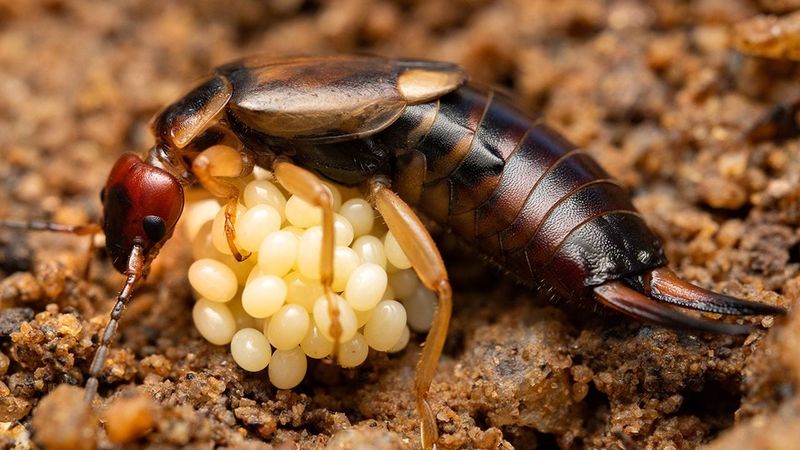
Ever seen an earwig cradle its eggs like a devoted mother? Earwig moms do just that underground, fiercely guarding their precious eggs in cozy burrows. Once they hatch, she sticks around, offering protection and a first meal, ensuring her young ones get a sturdy start.
2. Dung Beetle Nursery
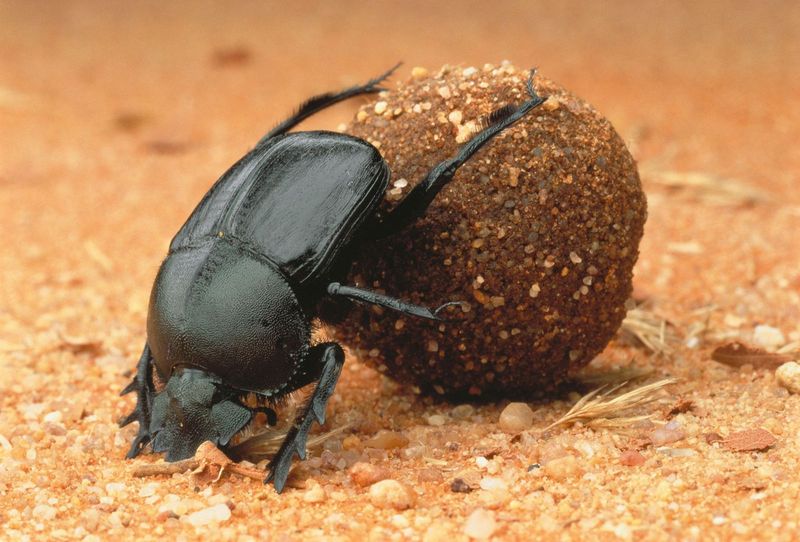
Dung beetles? More like dung nurseries! These industrious bugs roll up a ball of dung, not just for a meal but a maternity ward on wheels. Inside, their eggs are safe, and the growing larvae have a nutritious start tucked within this rolling bit of parental ingenuity.
3. Parenting Cockroaches
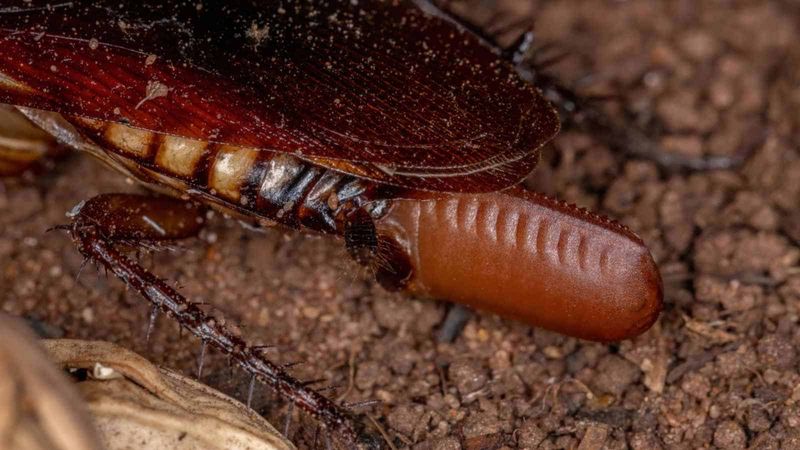
Cockroaches may seem like solitary scavengers, but some species show surprising parenting skills. Female cockroaches carry an ootheca—a protective egg case—ensuring their offspring’s safety. This armored backpack ensures her young are shielded until they’re ready for the world.
4. Ant Daycare
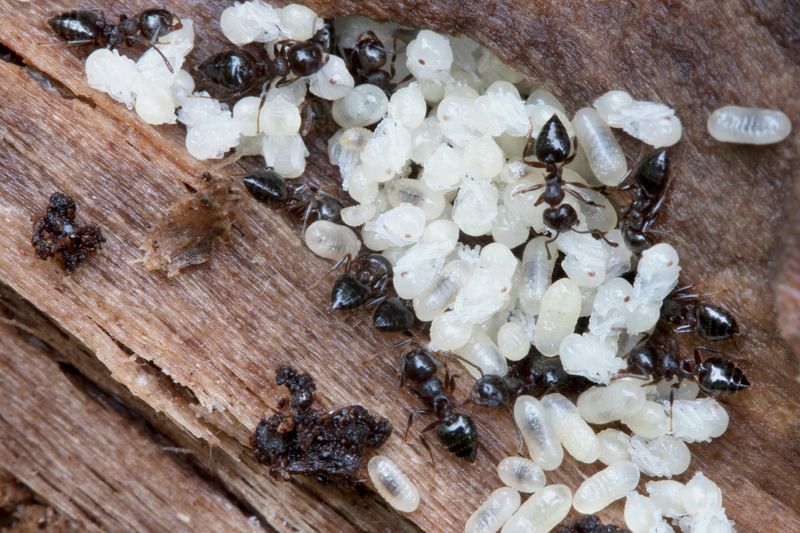
Ants might be the ultimate working parents. In bustling colonies, they share communal childcare duties, tending larvae with meticulous care. This social structure ensures every ant baby is nurtured with food and protection, proving it takes a village—or a colony!
5. Hoverfly Larvae Guardians
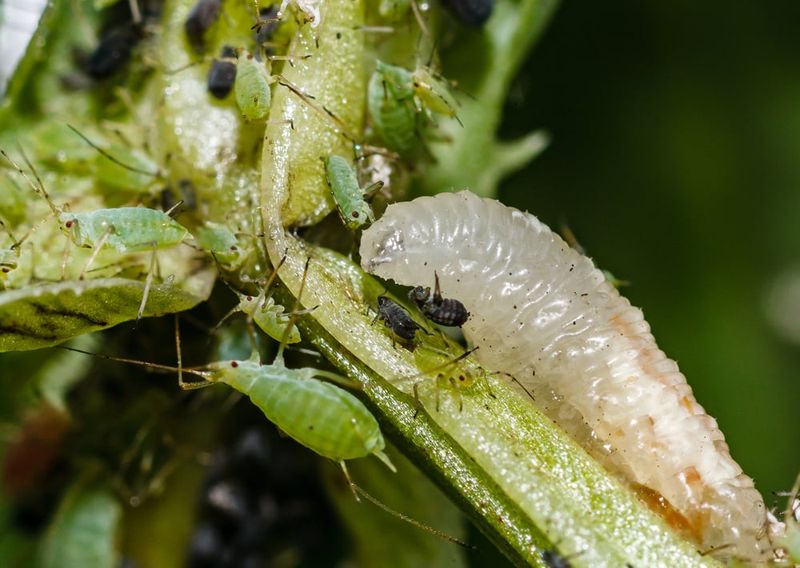
Hoverfly larvae, though tiny, are aphid-eating machines, protecting gardens while growing up. Their parents strategically lay them where food is plentiful. As they feast, they play a dual role: growing strong and keeping plant pests in check, a win-win!
6. Cecropia Moth’s Tough Love
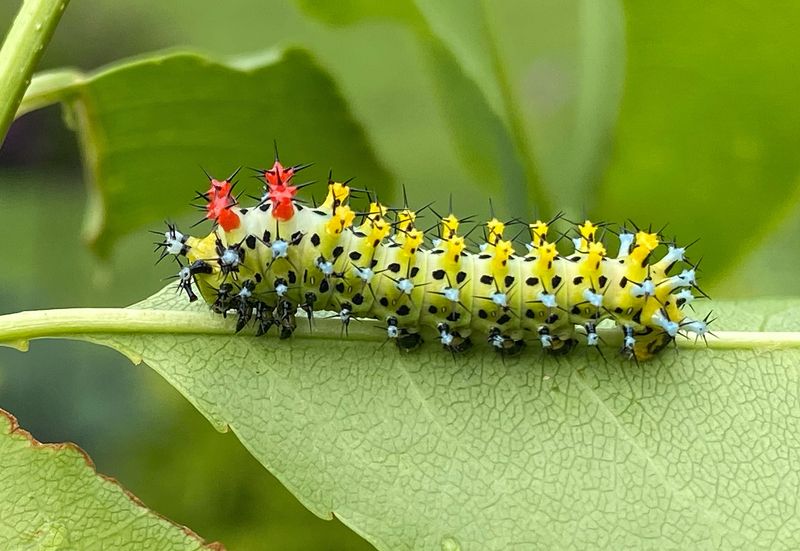
Cecropia moths practice a form of tough love. After laying eggs, these moths leave their offspring to fend for themselves. Born munching machines, the caterpillars grow by devouring leaves, proving independence is key from the start.
7. Treehopper Babysitters
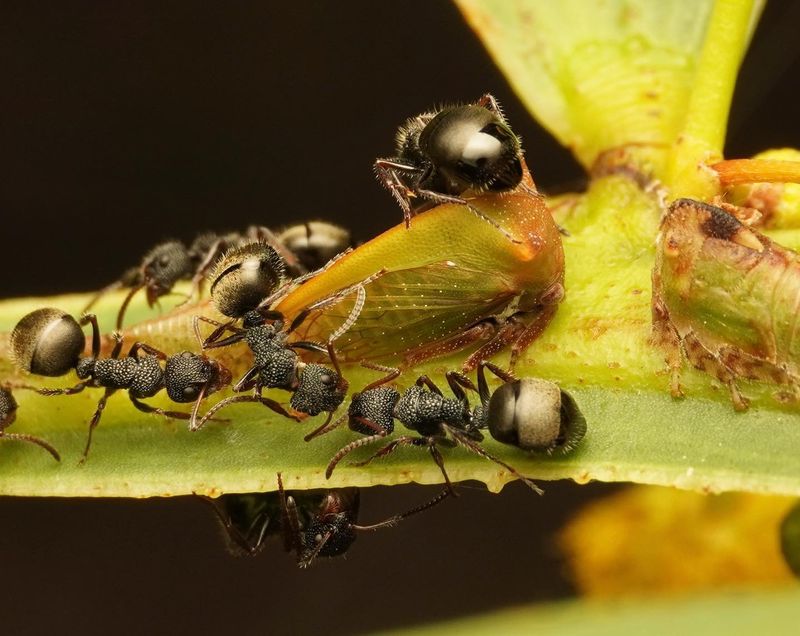
Treehoppers are the helicopter parents of the bug world. Females vigilantly guard clusters of nymphs, warding off predators. They’re nature’s tiny bodyguards, ensuring their young grow with maximum security in the wild jungle of foliage.
8. Damselfly’s Underwater Crèche
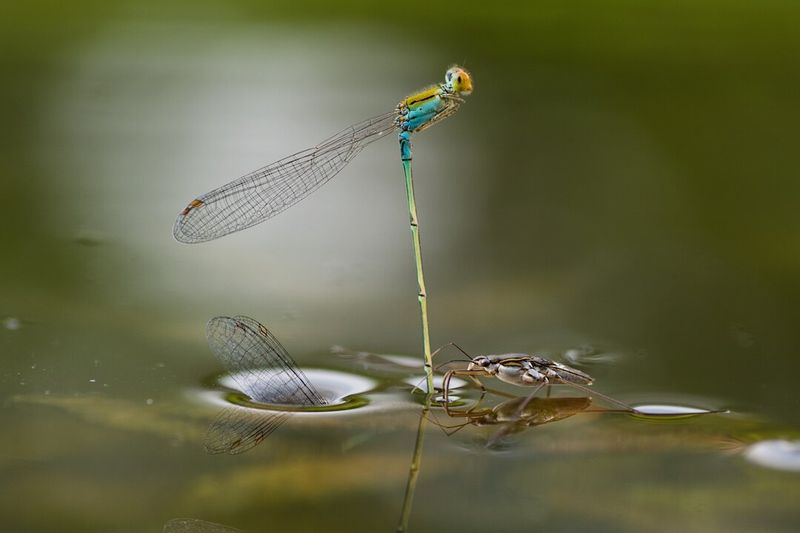
Damselflies give their young a splashy start. Females lay eggs on aquatic plants, where larvae thrive underwater. This aquatic nursery provides a safe haven, complete with ample food, until they’re ready to surface and spread their wings.
9. Lacewing Larvae’s Sticky Situation
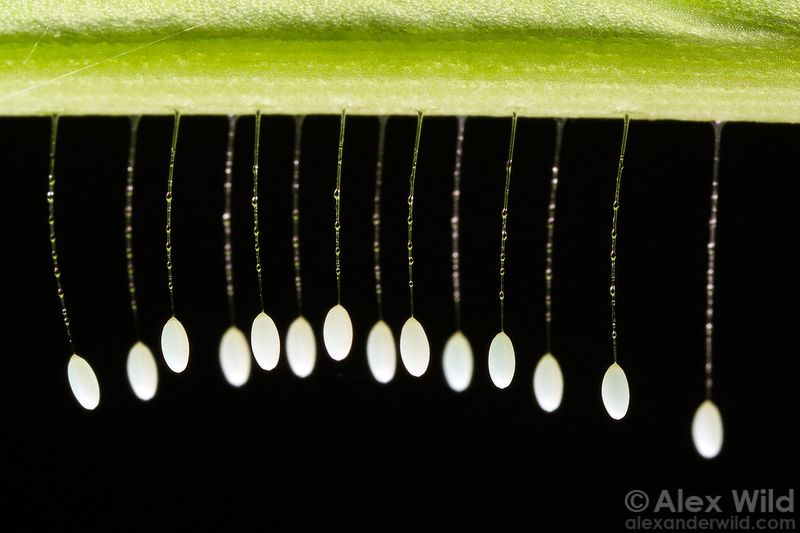
Lacewing moms employ an adhesive strategy, laying eggs on long stalks to protect them from predators. This sticky situation ensures each egg is elevated and safe, a clever trick that allows larvae to hatch in peace, high above the ground.
10. Katydid’s Camouflage Cradle
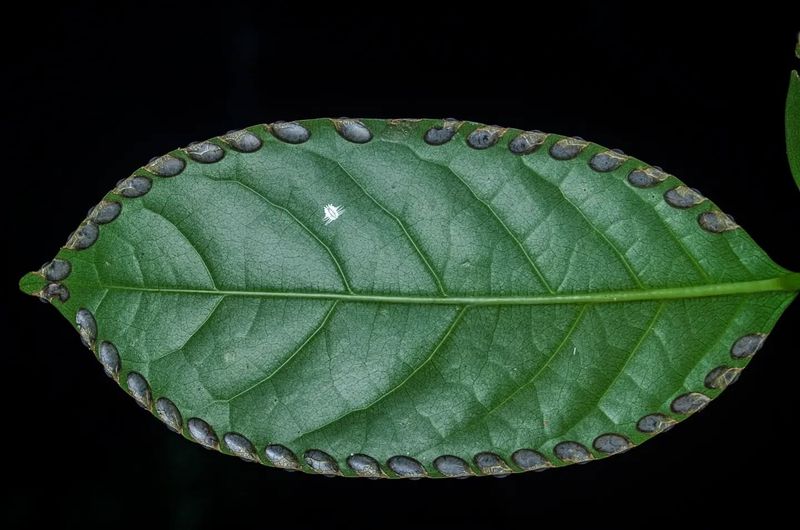
Katydids are the stealthy ninjas of the insect realm. Their eggs are camouflaged to blend seamlessly with their surroundings. This natural disguise keeps predators at bay while the next generation incubates, hidden in plain sight among the leaves.
11. Water Bug’s Paternal Care
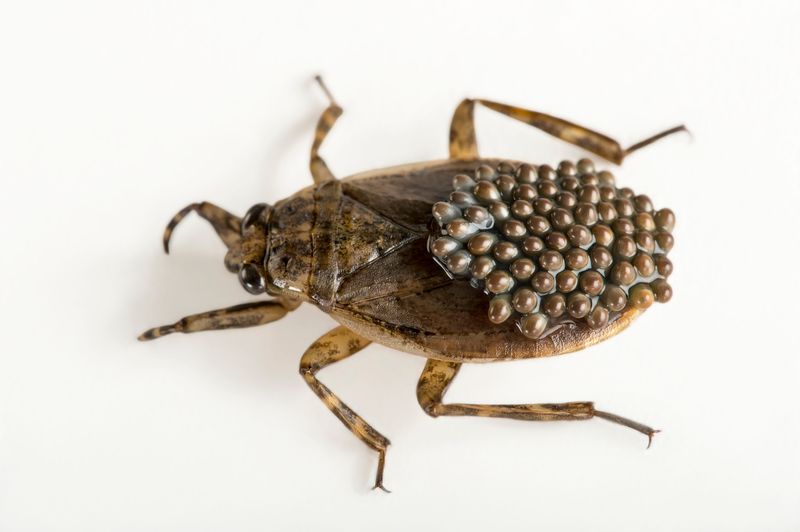
Male water bugs redefine fatherhood by carrying eggs on their back. This makeshift nursery ensures the eggs are oxygenated and protected. It’s a real hands-on approach—or rather, back-on—to parenting that showcases dedication in the aquatic world.
12. Ladybug Larvae’s Battle
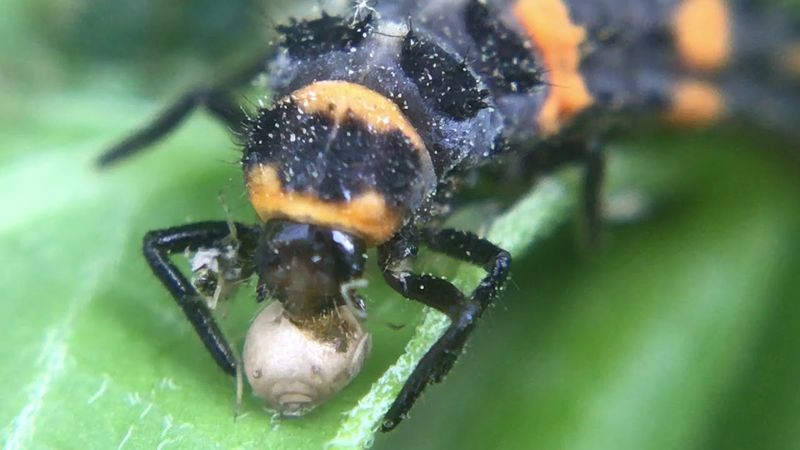
Ladybug larvae are pint-sized warriors. They’re born into a battlefield of aphids, where survival means feasting and growing. These larvae are natural predators, ensuring they thrive while simultaneously providing pest control in gardens.
13. Walking Stick’s Egg Disguise
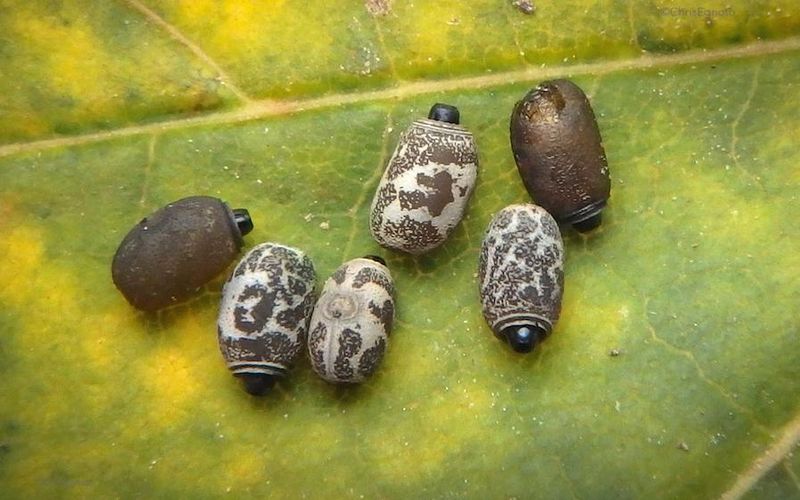
Walking sticks have a sneaky way to keep their eggs safe. Their eggs mimic seeds, blending into the forest floor. This clever disguise deters predators, allowing these stick-like insects to ensure their offspring’s survival through natural deception.
14. Termite Nursery
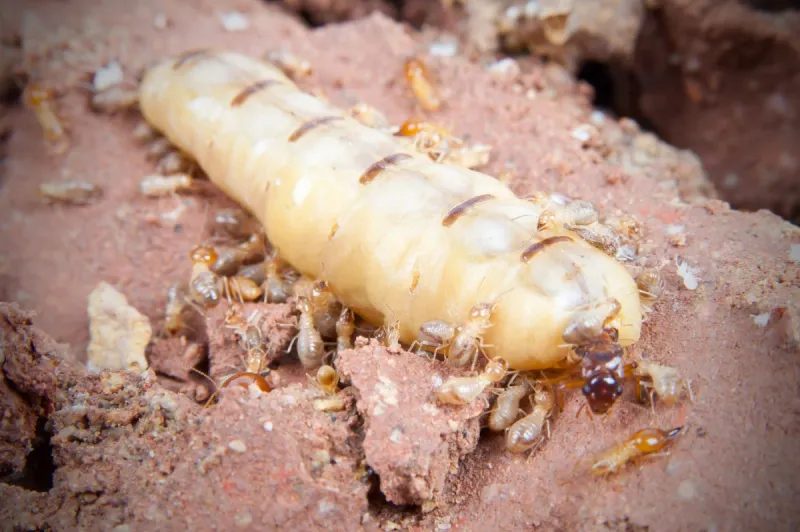
Termites run a tight-knit family operation. Deep underground, termite queens lay thousands of eggs, cared for by dedicated workers. This thriving nursery ensures each new termite is nurtured and integrated into the colony’s complex social structure.
15. Firefly Larvae’s Glow Show
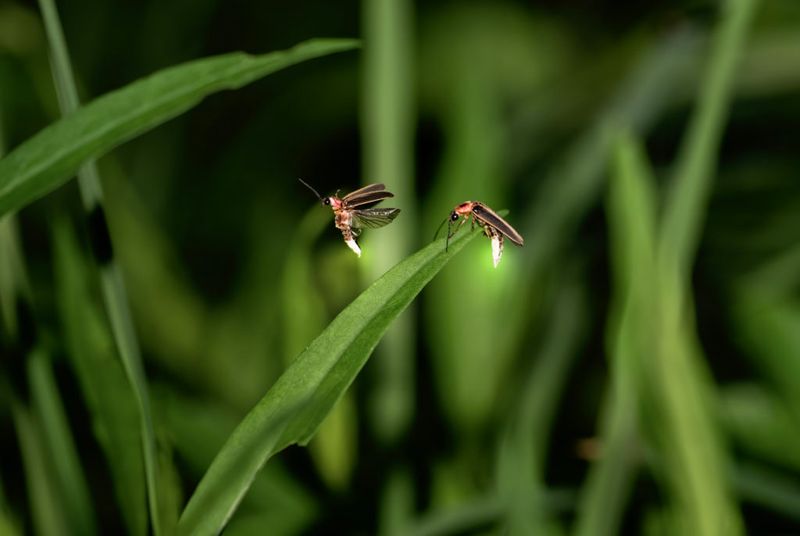
Ever seen a baby bug light up? Firefly larvae glow softly, a spectacle that’s more than just cute—it’s a defense mechanism. This bioluminescent glow wards off predators while they grow, lighting up the night as they prepare for adulthood.


